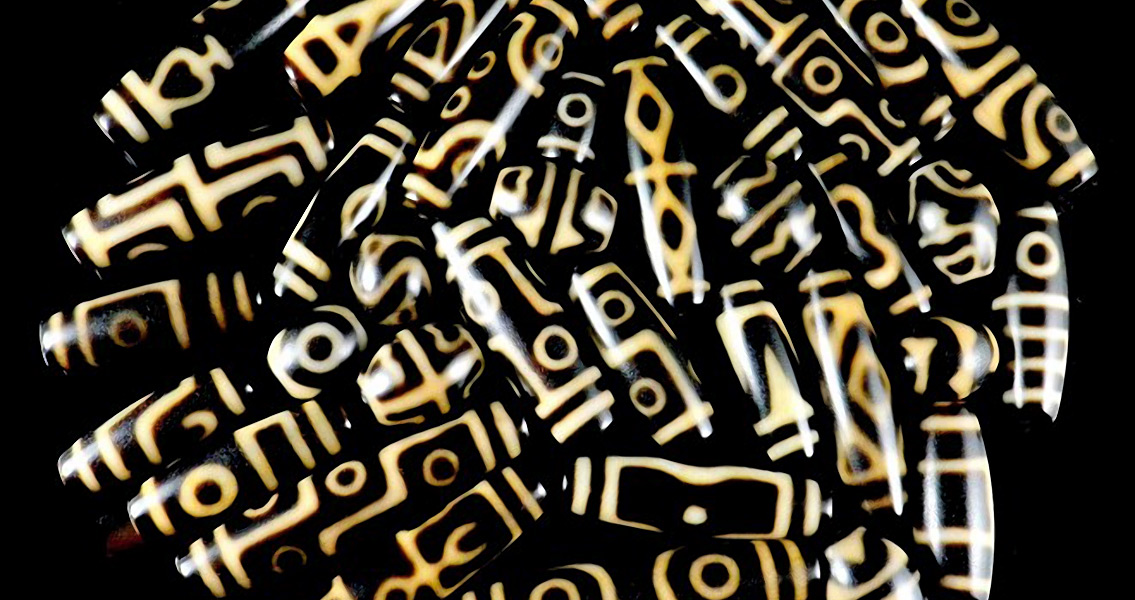<![CDATA[Gold masks and silk fabrics were common in the ancient kingdom of ZhangZhung, which ruled western Tibet some 2,000 years ago, Chinese researchers have concluded based on analysis of several finds. The masks were most probably used to decorate the dead, while the presence of silk suggests that the kingdom was a stop on the Silk Road. Archaeologists are very interested in this ancient kingdom because it is believed to have had a significant influence over the development of Tibetan culture. Unfortunately, historical documents on the subject are unreliable and evidence is scarce, which is why the discovery and analysis of the gold masks and silk has been met with such fascination. One of the three masks discovered was unearthed by accident last year at one of the highest ancient tombs in the world, located at 4,000m above ground in the Ngari region. The archaeologist who discovered it, Tong Tao, first thought it was a dessert wrapper because it looked too shiny. On closer inspection it turned out to be a square gold mask, 4 x 4cm, with facial features painted on the gold in black and red paint. A number of holes at the edges of the mask led the researchers to believe that it was stitched on fabric, as decoration. The other two masks were discovered in 2009 and 2012. One of them has life-sized proportions, including a hat on top, and both were found in Zanda County, in Ngari. The tombs at which the masks were discovered have been dated to between 1,800 and 2,000 years ago, and were found to contain various other items made from bronze and clay. Further work at the Zanda County site, named the Chuvthag cemetery, has revealed five more tombs. Although none of them contained the gold masks the researchers had hoped they would, one held an even rarer artefact: a dzi bead. Dzi beads are believed by Tibetans to possess magical powers, and are among the most fascinating and mysterious objects in human history. The one found in the Chuvthag cemetery is in fact the first to be discovered at an archaeological dig; all the other surviving examples have been handed down from generation to generation. It is possible that this bead could tell scientists something about the technology used to make it. It is believed that the first dzi beads were made as far back as 5,000 years ago. What is not clear is how they were made, where they first appeared, and why they are ascribed supernatural properties. They are invariably made from jade, polished so that its patterns stand out. Shapes are either round or tube-like, and apart from Tibet, they can be traced back to Mesopotamia, India, and Afghanistan, although only the ones found in Tibet are called 'true dzi'. Dzi means “good retribution, dignity and perfection” in Tibetan, and the beads were more precious than gold. Despite the scarcity of artefacts and other evidence about the Zhungzhang kingdom, finds such as the masks, silk, and dzi beads have revealed some facts or at least suggestions about the civilisation, which was ultimately conquered by the Tubo kingdom. Some possibilities include the existence of direct ties between the Zhungzhang kingdom and places like central China and northern India, based on items such as iron swords and, of course, silk, which has not been found anywhere else in Tibet. What is known for sure about the kingdom is that its people practiced animal husbandry and grew barley. They lived in caves and, apparently, beatified their dead with golden masks. Image courtesy of Wikimedia Commons user: EniJew ]]>
Dzi Beads and Masks from Mysterious Tibetan Kingdom
